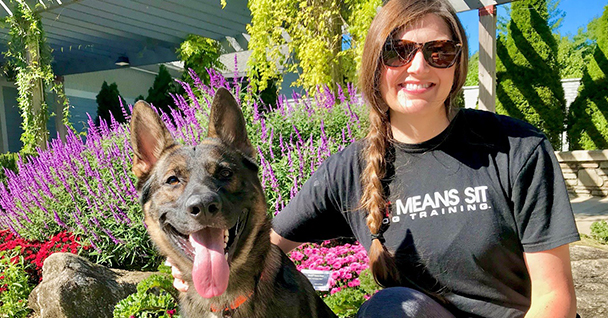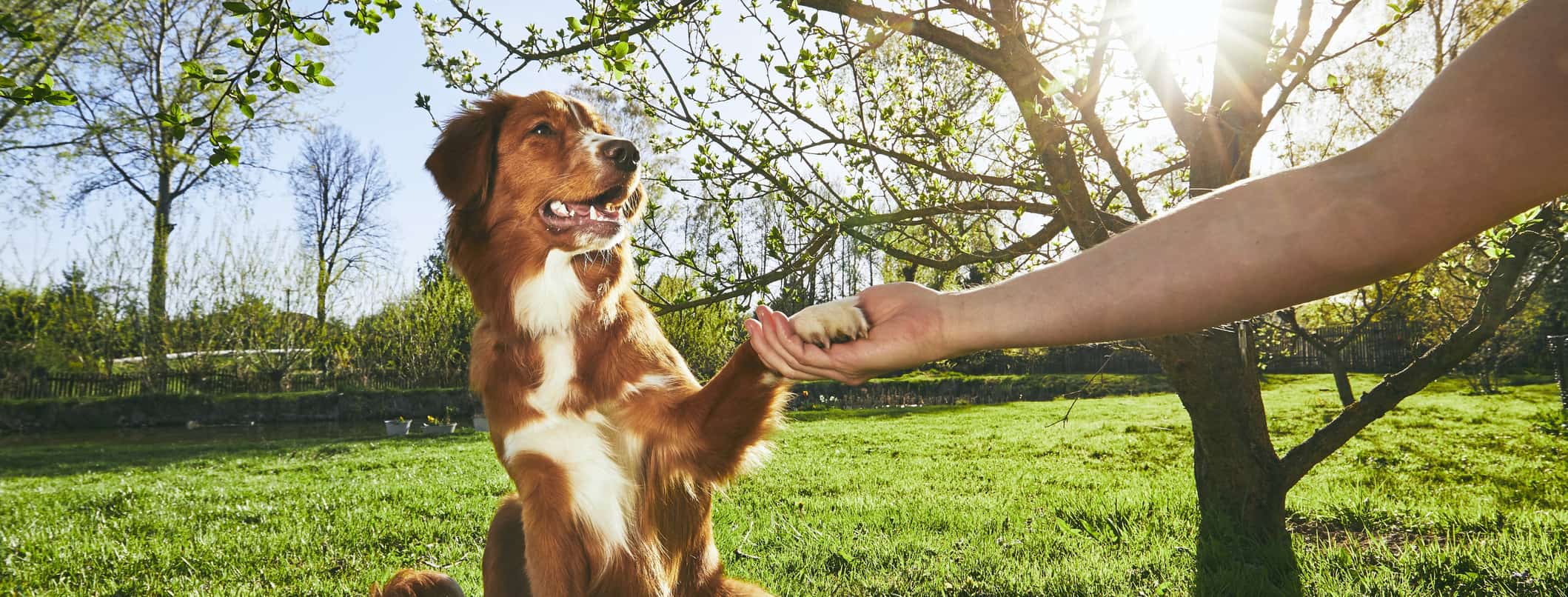Essential Tips for Effective Dog Training: A Guide for Family Pet Owners
Efficient pet dog training is a diverse process that calls for a critical strategy customized to both the pet's character and the owner's goals. Comprehending just how to browse these barriers can significantly boost the training experience, ultimately transforming the connection in between proprietor and pet dog.
Recognizing Dog Habits
Comprehending canine behavior is crucial for effective training and cultivating an unified relationship in between pooches and their owners. dog training. Canines communicate primarily through body language, articulations, and actions, making it essential for owners to analyze these signals precisely.

Socializing plays a considerable function in dog behavior; direct exposure to different settings, people, and various other animals can significantly affect a canine's temperament. Aspects such as type features and private temperament ought to direct training techniques, as some types might have specific behavior characteristics that require tailored approaches. By comprehending these components, proprietors can create an encouraging setting that encourages positive actions, causing effective training end results and a much deeper bond with their pets.
Establishing Regular Commands
Effective communication with your pet begins with establishing regular commands. This fundamental component of training is essential for cultivating understanding between you and your pet dog. Uniformity in the commands you make use of ensures that your canine can dependably associate specific words or phrases with the wanted actions.
When picking commands, pick clear, distinctive words that are simple to claim and distinguish from one another. Prevent utilizing similar-sounding commands that may confuse your canine. As an example, using "sit" and "stay" is ideal, yet "sit" and "hit" can bring about misconceptions.
In addition, maintain the exact same tone and volume for every command. Canines are sensitive to singing cues, so differing your tone can produce complication.
It is similarly important to ensure that all member of the family are on the same page relating to the commands utilized. A united front in command use will certainly stop mixed signals and strengthen the learning process.
Favorable Support Techniques
The power of positive support in canine training exists in its capacity to motivate wanted actions through benefits and appreciation. This technique is based in the principle that behaviors adhered to by positive results are most likely to be duplicated. By integrating positive support right into your training routine, you can properly shape your dog's habits in a constructive fashion.
To carry out favorable support, it's vital to determine what inspires your pet, whether it be treats, playthings, or spoken praise. When your pet executes a desired action, such as sitting on command, instantly award them with a reward or affection. This association between the command and the favorable outcome enhances their understanding.
It's crucial to timing the rewards appropriately; supplying the support within seconds of the preferred behavior helps your pet dog make the link (dog training). Additionally, uniformity is crucial-- guarantee that all member of the family utilize the very same commands and reward systems to stay clear of confusion

Progressively, you can lower the frequency of treats as your dog discovers the behavior, transitioning to praise or intermittent rewards. This approach not only fosters a strong bond in between you and your pet however also advertises a favorable knowing atmosphere, making training a delightful experience for both.
Socialization and Interaction
Constantly revealing your canine to a selection of atmospheres, people, and other animals is important for their social development. Socialization must begin early, ideally during the vital home window of 3 to 14 weeks, when pups are most receptive to new experiences. Nonetheless, older pet dogs can likewise profit useful source from continuous socializing efforts.
Introduce your pet to different setups, such as parks, pet-friendly shops, and urban areas. This direct exposure aids them adjust to numerous stimuli, lowering stress and anxiety and concern feedbacks. Motivate positive communications with various other canines and people, guaranteeing that these encounters are risk-free and regulated to promote self-confidence.
Utilize organized playdates with courteous canines, as this can improve your pet's social abilities and show them appropriate habits. Obedience classes and training sessions additionally offer outstanding chances for socializing, enabling your canine to communicate with others in a supervised setting.
Screen your pet dog's body movement during interactions, as this will certainly help you gauge their comfort degree. Progressively enhance exposure to even more challenging circumstances while ensuring that each experience is favorable. A well-socialized pet dog is more likely to show well balanced behavior, making them a pleasure to have in any setting.
Dealing With Usual Training Obstacles
Every canine proprietor will certainly encounter training difficulties at some point, despite their pet dog's age or socializing degree. Recognizing usual concerns such as stubbornness, disturbances, and fearfulness can aid in establishing efficient methods for improvement.

Disturbances during training sessions can hinder focus. To fight this, begin training in a peaceful setting with minimal stimuli. Progressively introduce interruptions as the canine comes to be extra efficient in commands. Short, frequent training sessions their website are likewise efficient in preserving attention.
Terror can hinder a pet dog's discovering procedure. Steady desensitization to the source of concern, paired with positive support, can aid reduce anxiousness. Persistence is crucial; never force a canine right into a situation that creates distress, as this might aggravate the problem.
Eventually, understanding and resolving these typical difficulties with an organized technique will certainly foster a much more effective training experience, reinforcing the bond in between pet dog and proprietor while promoting reliable discovering.
Final Thought
In recap, successful dog training depends on a comprehensive understanding of canine habits, the establishment of consistent commands, and the application of positive support strategies. Socialization plays a vital role in developing well-adjusted pet dogs, while resolving common training challenges needs perseverance and adaptability. By implementing these essential strategies, family pet owners can promote a solid bond with their dogs and advertise desirable behaviors, ultimately causing an unified partnership between people and their canine friends.
Comprehending pet dog actions is vital for reliable training and fostering an unified relationship in between dogs and their owners.Socializing plays a significant role in pet habits; direct exposure to numerous environments, individuals, and other pets can considerably influence a canine's personality.The power of favorable support in canine training exists in its ability to encourage preferred habits via rewards and praise. By including positive support into your training regimen, you can successfully shape your pet's behavior in a positive way.
In recap, important link successful pet dog training relies on an extensive understanding of canine behavior, the establishment of constant commands, and the application of favorable support techniques.